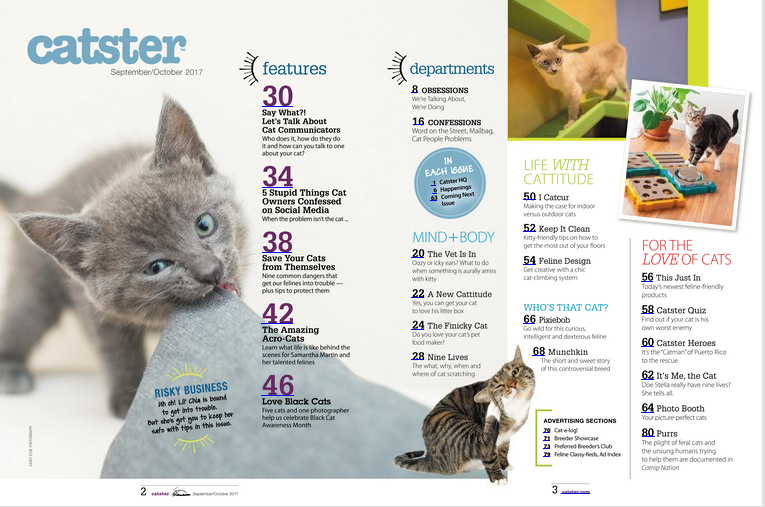Researching Catster

After analyzing all the different parts of the magazine, doing background research of Catser allows for understanding of the reasons why they styled the magazine the way they did. Knowing the information such as audience, purpose, and history explains why certain techniques were used. Learning about these may influence how I will make my magazine, for Catster magazine is similar to what I intend, so by having similar purposes and audiences, it makes sense that I adopt the steps it has taken for its own work. The audience for Catster magazine consists of cat lovers and cat owners. Their target influences their work, for if they want to sell to cat fans, they have to make a feline-based magazine. My own audience is similar but not exact. While it does include cat lovers and cat owners, I want to branch out to other species like dogs. It is also not pet specific, since I will cover the well being of strays. Thus, my magazine...

